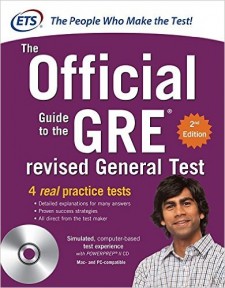
A suggestion for advanced Critical Reading practice
After I posted a support/undermine question as my question of the day last week, I got a message from a student asking me if I could put up more reading questions that require more extended reasoning (usually corresponding to Level 4 and 5 Critical Reading questions on the pre-March 2016 SAT). As I explained to the student, these questions are unfortunately extremely time-consuming to produce; I sometimes need to tinker with them for a few days to get them into shape.
Given that, I started thinking about what students could do in order to get more practice on these question types, which normally show up no more than once or twice per test. Even if someone uses both the Blue Book and the College Board online program, there still aren’t a whole lot of them. The problem, of course, is that these are the exact questions that a lot of people stuck in the high 600s/low 700s need to focus on.
It finally occurred to me that the reading portions of the GRE (Master’s and Ph.D. admissions), GMAT (MBA admissions), and LSAT (law school admissions) are chock full of these types of questions.
The GRE in particular is a great source of practice material because it’s written by ETS; the “flavor” and style of the tests are the same. And you can sit and do support/undermine questions to your heart’s content.
Now, to be clear: this is not a recommendation I would make to anyone not aiming for an 800, or at least a 750+. These tests are considerably harder than the SAT; if you’re not comfortable reading at a college level, trying to work with prep material geared toward graduate-level exams is likely to be an exercise in frustration. Unlike SAT passages, which are taken from mainstream “serious” non-fiction, graduate exam passages tend to be taken from academic articles — the work is written for subject specialists, not a general audience.
I would also not recommend this option unless you’ve already exhausted all the authentic SAT practice material at your disposal.
But if you do happen to fall into that category and are chomping at the bit for more material, you might want to consider the official guides for these tests as supplemental options. If you spend some time working with them, you’ll probably be surprised at how easy the SAT ends up seeming by comparison.


